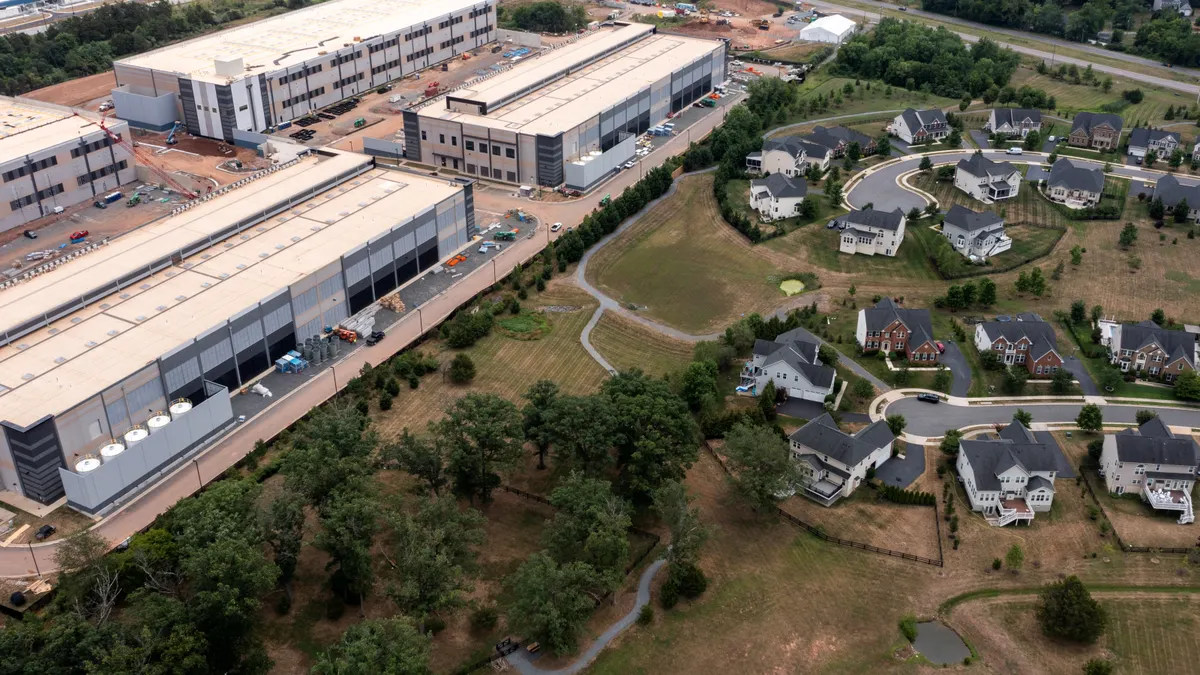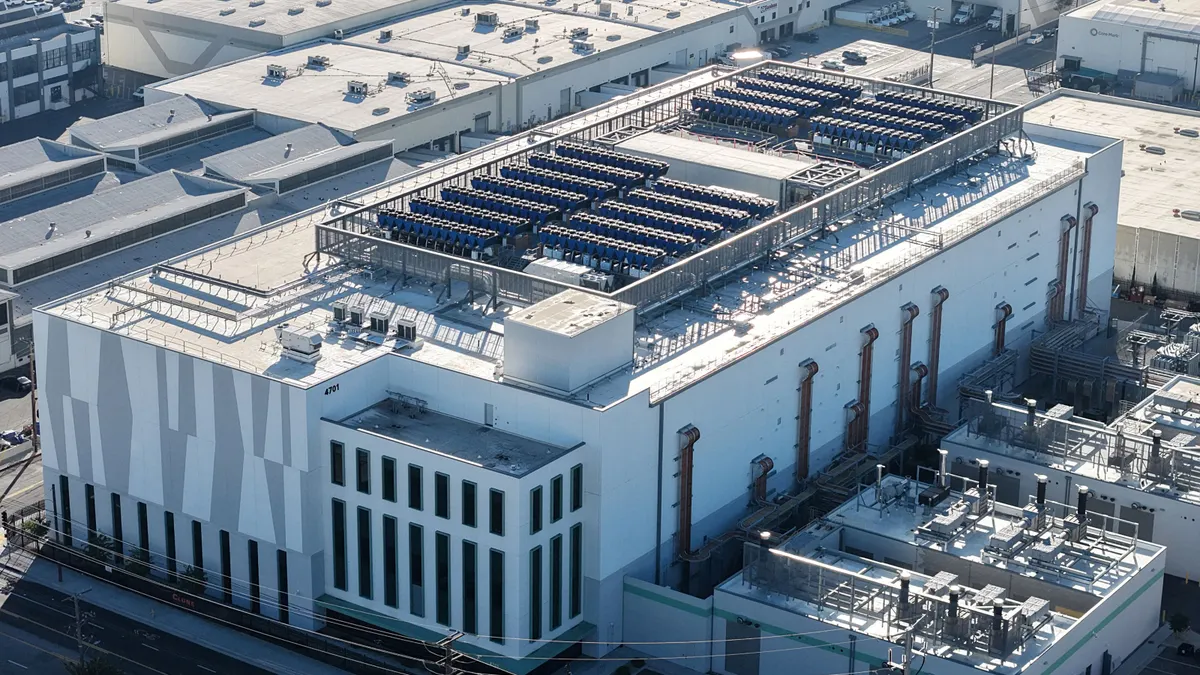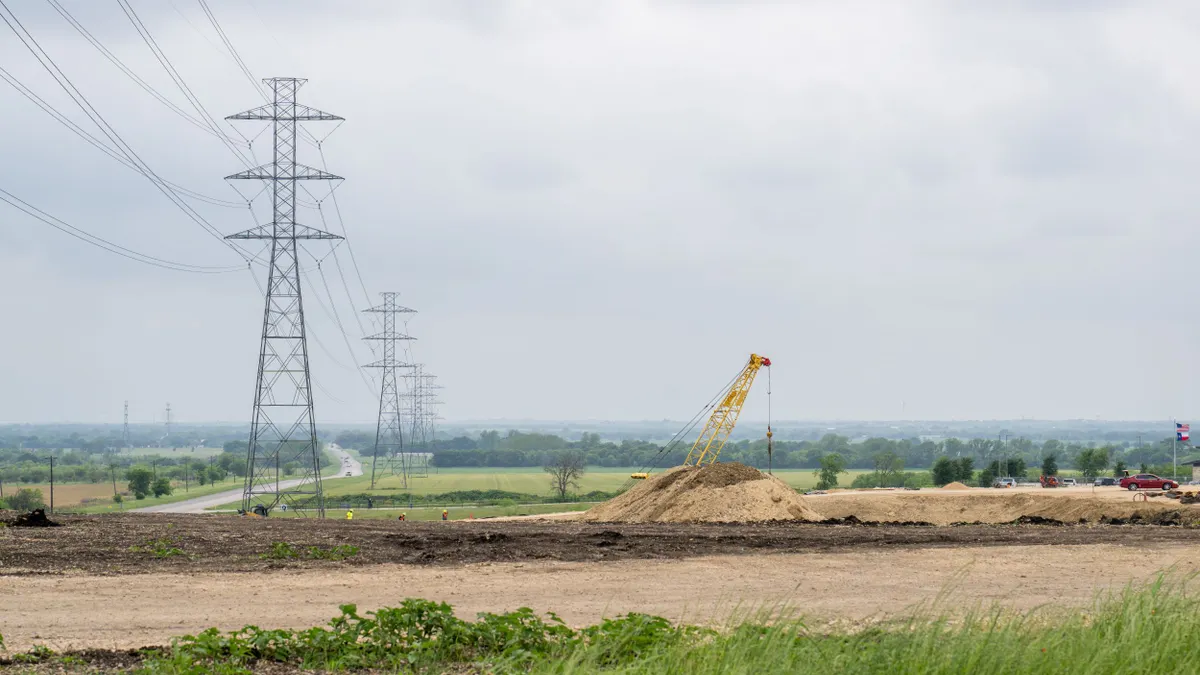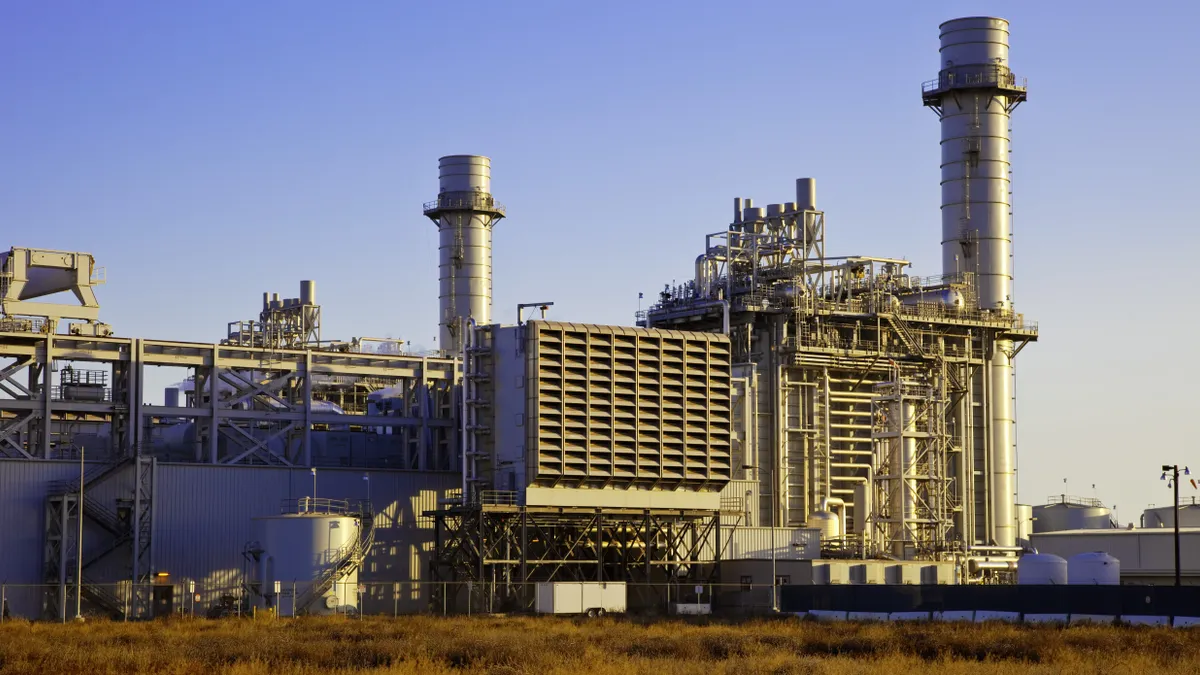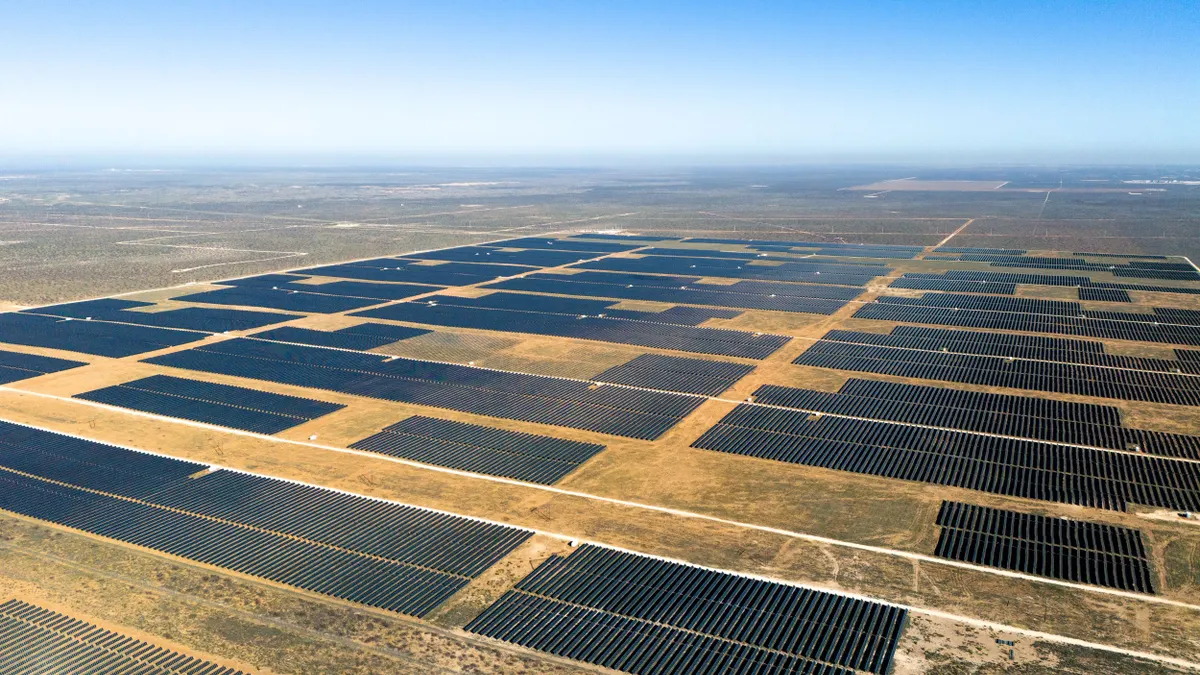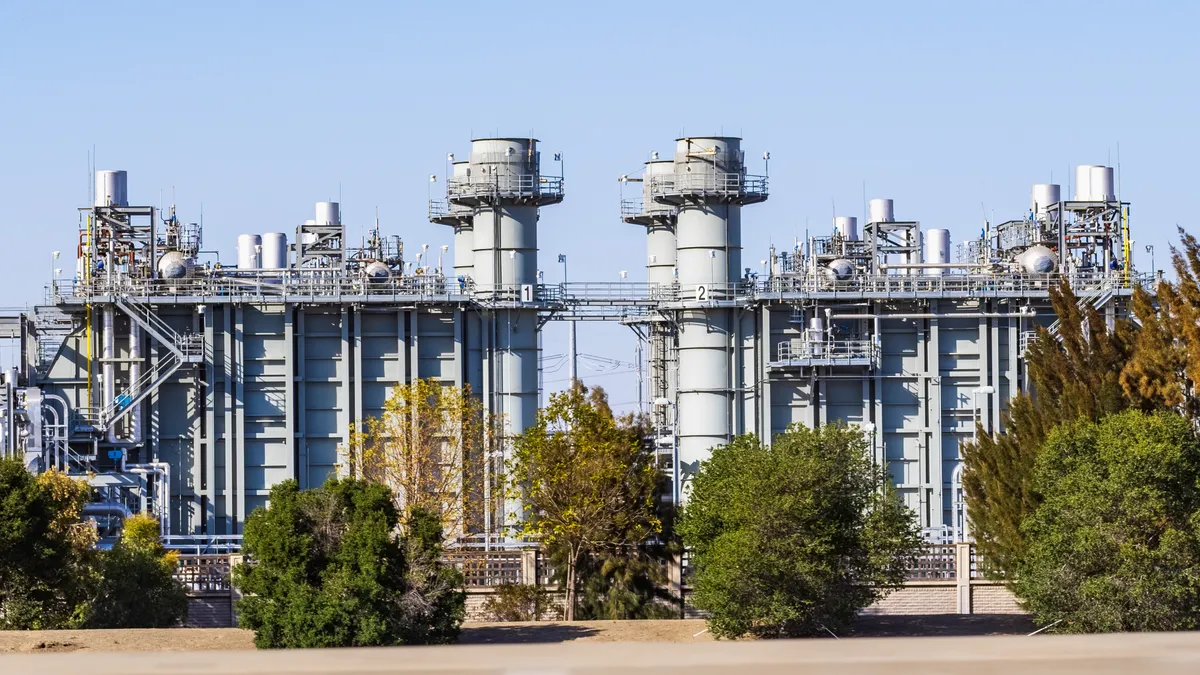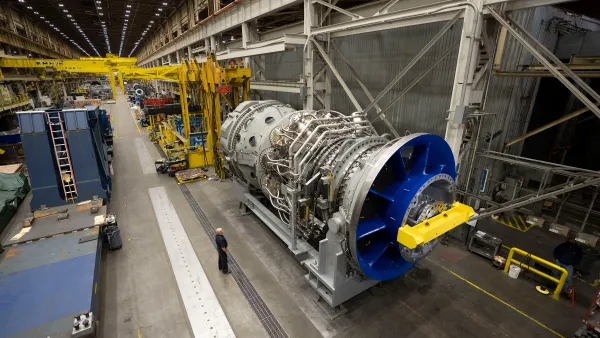Increasing capacity to meet demand
Fuel cell manufacturer Bloom Energy said it is on track to double its annual production capacity to reach 2 GW by the end of 2026. The company provides on-site, gas-fueled power to the industrial and utility sectors.
KR Sridhar, the company’s founder and CEO, said on an earnings call Tuesday that high demand from artificial intelligence data centers is a “once-in-a-generation opportunity to redefine how power is generated and delivered” for commercial and industrial customers.
On-site natural gas power generation is a necessity for high-performance AI factories, he said.
Bloom produces two main products, one that generates electricity and one for producing hydrogen. It has deployed about 1.4 GW of its energy systems in more than 1,000 locations in nine countries, according to Reuters. Its technology is based on solid oxide fuel cells that generally run on natural gas today, but the company says they're fuel-agnostic and could run on green hydrogen. The company says the fuel cells use 15%-20% less fuel to produce the same amount of energy compared with combustion turbines.
“Every year, for over a decade, our fuel cells have seen double-digit, year-over-year cost reductions,” Sridhar said.
The company can now compete in “large, power-hungry markets” across the Midwest, Mid-Atlantic and Texas, not just in higher-priced electricity markets like California and the northeastern United States, Sridhar said.
Bloom’s latest financial report shows a significant boost in research and development spending that Sridhar said would support further performance improvements. The company posted record revenue and a modest profit on adjusted earnings.
Full-spectrum data center strategy
To make the most of the on-site power generation opportunity, Sridhar said Bloom is targeting the entire data center ecosystem.
This year, it has has signed agreements with hyperscalers like Oracle; electricity providers like AEP, which sells power to Amazon Web Services; colocation firms like Equinix, which rents server rack space to a range of companies and with which Bloom has deployed more than 100 MW of fuel cells; and “neoclouds” like Coreweave, which Sridhar said uses Bloom fuel cells at one of its Illinois data centers.
In each segment, Bloom identifies a major customer as its “lighthouse account” to establish credibility for other Tier 1 customers in the space, Sridhar said. Bloom ran this playbook last decade in the telecom business, he added, landing first AT&T and then competitors like T-Mobile to become “the standard for on-site power” in that industry.
Bloom is also helping gas companies looking to produce and sell on-site power to technology customers and infrastructure companies developing large-scale data centers, Sridhar said. Bloom announced a $5 billion partnership earlier this month with Canadian infrastructure giant Brookfield Asset Management that will position the fuel cell company as “the premier on-site power provider for Brookfield’s $1 trillion infrastructure portfolio,” he said.
Brookfield Asset Management partnership
This week, Sridhar suggested the $5 billion agreement was just the first phase of what could be a much larger partnership. Brookfield has already invested $50 billion in AI opportunities “and is tripling the size of its AI strategy over the next three years,” he said.
“It’s a very big relationship; I cannot overstate how important it is to us,” Sridhar said.
Earlier this month, Bloom said the two companies are actively collaborating on the design and construction of data centers globally and would announce a specific site in Europe before the year is out. On Tuesday, Sridhar described that facility as an AI inference data center, hosting AI models that respond to user inquiries in real time.
Bring-your-own-power alignment
Energy Secretary Chris Wright’s proposal last week to expand the Federal Energy Regulatory Commission’s authority over large-load interconnections makes it “very obvious [that] even when you get that interconnection … you are entering the age of ‘bring-your-own-power,’” Sridhar said.
He said Bloom fuel cell systems are ideal for data centers hoping to power up before they get a firm grid connection, operate through peak-period curtailments thereafter and reduce net power costs through net metering arrangements with their utilities.
He acknowledged that other firm power resources, including open-cycle gas turbines, can and will fill the same niche for large data centers. But he downplayed concerns about being outcompeted given the vast opportunity at hand.


